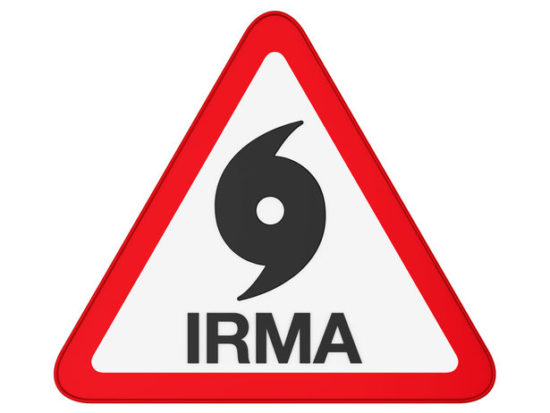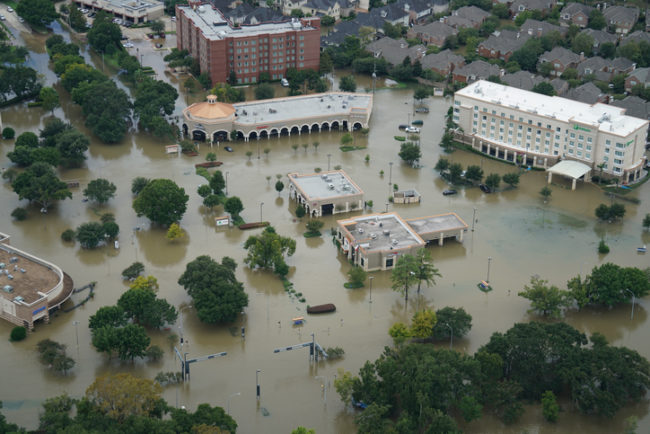While the recovery efforts are still unfolding, scientists and environmental experts believe the environmental toll from Hurricane Irma in Florida may not be as harsh as the problems caused by Hurricane Harvey in Texas. The two storms have resulted in hazards that are very different, leading to varied responses to the destruction left by both storms.
Wind damage is the primary concern after Hurricane Irma, rather than the widespread flooding seen after Hurricane Harvey. In addition, the areas of Florida that are experiencing flooding likely …
Continue Reading









